|
Today, we will go on a 3-to-4-hour canoe trip. In White Springs, there is American Canoe Adventures, and we are renting a canoe to paddle the river. The trip starts at the Suwannee River Wayside Park at the Highway 41 bridge and ends at a pickup point 7 miles downstream. Right after we start to paddle away from the shore, we spook a 5-foot alligator sunning itself, and it swims downstream ahead of us for quite a while. The gator finally decides to dive to the bottom and let us pass. The river is pretty. Next was the river side of the White Springs ruins. The water comes from one spring. Wow! More on this later. More pretty views while canoeing. This is a black water river. That means that the amount of tannin leached into the river is enough to make the water tea to black in color. Tannin comes from decaying vegetation in swamps. We ended the trip, and our ride was waiting for us. On our way back to the campground, we stopped off at the springs which was touted as Florida’s Original Tourist Destination with magic waters. In 1835, Mr. Sheffield purchased land along the river and found he had a strong spring. His health improved after swimming in the spring multiple times so from this he decided it had healing affects. He built a hotel and bathhouse around the spring. It looked very different at that time. The spring had been used by native tribes for 100’s of years to heal the sick. Early advertisements claimed the water cured rheumatism, indigestion, dandruff, insomnia, pretty much anything they could come up with. By the end of the 1800’s there were 14 luxury hotels in the newly developing town. In 1908, the original bathhouse was replaced with the large concrete structure which had 4 flours of patio that overlooked the spring. The springs fell out of favor in 1950s and closed. Some of the spring’s famous visitors included Teddy Roosevelt and Henry Ford. Today only the top level remains. You can still see the natural source of the spring The outflow into the river is intense. A system of mechanical gates were dropped in the openings to keep the water deep in the structure and prevent river water from flowing in when the river was a high levels.
0 Comments
We moved off the coast to the banks of the Suwannee River. The park is named for Stephen Foster who is sometimes called "the father of American music" was a composer and songwriter. He wrote more than 200 songs like "Oh! Susanna", "Camptown Races", "Old Folks at Home" ("Suwanee River"), "My Old Kentucky Home", "Jeanie with the Light Brown Hair", and "Beautiful Dreamer". Of course, Old Folks Home was the reason this park got his name. There are two interesting structures at the park, a mansion/museum with exhibits about Foster's most famous songs, and the park's 97-bell carillon that will play Foster's music. Sadly, both were closed while we were here. We have been here a couple of days relaxing and taking walks around the park. It is a pretty park with lots of huge oaks with Spanish moss hanging all over. Today, we take a hike or at least a more ambitious walk depending on how you look at it. Knowing that chiggers and ticks are present, we sprayed ourselves with deet and tucked in our long pants into our socks. The hike will be on a portion of the Florida Trail. I have mentioned this trail in other posts. We have stood at both ends of the trail. It starts down in the Everglades and ends at Fort Pickens. This will be our first opportunity to hike a portion but only a short part. The whole trail is over 1500 miles long. Look at the post and the markings. These are high water marks on that year. Wow! We are glad the river is down, and calm compared to what it would have been when flooding over its banks. Much of the trail overlooks the Suwannee River. It was a fun hike and was 4 miles round trip.
For the most part, other than relaxing at the campsite and buying groceries, we will be heading to the beach. Over the next few days that was the pattern, so I have combined a few days pictures here. It is a nice beach. Nothing like Pensacola beach but nice for an Atlantic beach. The tan is shells. An inch or more of tiny shells. This little guy did not make it but was colorful. One area of the beach has a history I was not expecting. On our last visit to the beach the weather built up fast and we had to head back to the RV.
This park is very different. It is like a thick jungle. There are large trees and very old palms some of which are 50 feet tall or taller. This gives an idea of what Florida was like hundreds of years ago with a thick forest floor of palmetto and vines with a thick canopy of a mix of palms and scrub oaks. Today, we take a walk over to see the beach and maybe find a few shells. Wow! The area off the high-water mark is thick vines and short plants. Imagine coming ashore and having to make your way through this stuff. The walk to the beach is great. Other than the campsites, roads, parking lots, and boardwalks the area seems unspoiled.
Today, we moved to a Hanna Park Campground east of Jacksonville. It is crazy how remote and jungle like this park feels even though it is right next to a city.
095036 095053 The last couple of days we took care of regular household things like getting groceries and washing clothes.
Today, we decided to go shelling at the nearby beach, Anastasia State Park. The sand is not very impressive. There are a lot of shells, but most are broken.
We drove the truck in and parked at the Fort. We can only park for 4 hours but it should be enough for tour of the fort and to go on the Eco-Tour. The Castillo De San Marcos fort was built by the Spanish in 1672-95. As a comparison, this fort is much smaller than Fort Pickens and will just fit in the courtyard of that fort. The Coquina “stone” was brought over from Anastasia Island. Coquina is compressed shells that have become rock like. The advantage to constructing with coquina is that it disperses impact energy better than stone. A cannon ball can shatter stone. When a cannon ball hits coquina it is absorbed, just knocks off a little, or bounces off. Just enough time for a short tour before we need to head to the next adventure. Our phone alarm went off, so it is time to walk down to the dock to get on a boat. On the walk down to the marina, we passed the restaurant where we had lunch yesterday. It was nice from the balcony but a bit noisy. On to the boat. The ocean was fairly flat, so we headed out to the buoy marker offshore hoping for dolphins. We did have a turtle. We got a nice view of the fort from off shore, birds on a protected island, and bridges and the city. There is still time left on the parking, so we head back into the fort. It is in really good shape considering all it has been through. The fort was a refuge when there was an attack. All the town's people would flee into the fort and wait. The town was burned to the ground several times, but the fort was never taken by force. In the set of pictures, there are several of some very old cannons. I am surprised at how ornate they are and how good shape they are in after all this time. The fort looked very different in the past. The outer and inner walls were white from a covering of plaster. Paintings were on many walls. Here are examples of how it would have looked. Well, time was running out on the parking spot, and I do not want to pay a fine. Paying $20 for 4 hours is bad enough. Once we found a different spot to park, we walked to the restaurant for lunch. OK, now the museum I was really looking forward to visiting. The Pirate & Treasure Museum. I know kid at heart. Arrggg! The museum is part entertainment and part history. There is a lot of theater to the presentation and some displays are interactive. This should be fun with many real artifacts. In fact, they claim to have the world's largest collection of authentic pirate artifacts Along with the artifacts, a lot of history is presented. Many tavern artifacts. Of course, they have a real pirate flag. There was a theatrical presentation of piracy. It does make the museum fun. Even a “real” pirate captain to answer questions and speak on pirate history. The last room they carry the theatrical presentation to the next level with movie memorabilia. It included items from old movies and not so old. Pirates of the Caribbean The Goonies Hook Captain Blood We had a great time. You can stay as long as you like and use every interactive display. I am sure that they are busy some days but today there were only about a dozen people in the museum at any one time. It was fun. Time to head back to the truck and the RV. We did pass a few buildings and churches. Today, we are driving into town to visit the Lightner museum. The museum takes up about half of a what was built as a huge luxury hotel. Whoo, Hoo! More History: (but short this time) The original hotel was built by Flagler and called “The Alcazar” for a cost in excess of $1,000,000. Which would be over $28 million in today’s dollars. He wanted very high-end hotel with lots of what at the time would be considered luxury. The architects firm Carrere and Hastings were commissioned to design the building. Later, that company went on to build the US Senate Office Building and the New York Public Library. Flagler also commissioned Tiffany to design the interior. The hotel opened in 1888 and was 4 stories tall, 1 city block wide and 3 blocks deep. The hotel is constructed out of poured concrete and the outer walls are made of coquina. At the time, it was one of the first buildings in the country constructed out of poured concrete. When the building was first constructed, the north section was for the hotel rooms and restaurants, but the south section of the building contained Turkish and Russian baths, a cold plunge pool, and Swedish massage rooms and a gymnasium. Adjacent to the baths was the casino, a three-story ballroom, and the indoor swimming pool, which was the largest indoor swimming pool in the country. It was surrounded by three-story arches and covered by a glass roof that could be opened. The swimming pool was 120 feet long by 50 feet wide and was supplied with artesian water from a well on the property that was believed to have medicinal properties and gave off a distinct sulfur odor. After years as an elegant winter resort for wealthy patrons and once the railroad had been built south to Palm Beach, the hotel closed in 1932 after being open for 44 years. The building sat unused for 15 years until 1947 when Chicago publisher Otto C. Lightner purchased the building to convert the old hotel into a hobby's museum. The Alcazar had long since been abandoned and was in shambles. He bought it for $150,000 and invested in restoring the hotel. He used the space to house several collections, including his own extensive collection of Victorian era art. Lightner owned Hobbies Magazine and felt that everyone should have a hobby like collecting. In 1948, Mr. Lightner turned the building over to the city of St. Augustine as long as the museum was maintained and opened to the public. At that time the north section was renovated into offices and other city business, the entire south section remains as a museum. OK, I guess I was wrong about being short. This museum has lots of collections. There is a huge range of subjects. Everything from fine art and sculpture to cigar bands and shells. Even the lobby had some art displayed. First let us start in the music room. This collection includes music boxes to player pianos. Some are really big and have lots of instruments included. The next room had a wide of small collections. Shells, Rocks, an Egyptian Mummy, … The next part of the museum was dedicated to art and crystal. Many pieces of furniture and sculpture. All of these are old, and all the furniture is in pristine condition with the original fabric. Most of the items are from the early 1800s or older with so much color and detail. The pool is now a restaurant and reception area. The deep end was filled in to make it level with what was the shallow end. Wow, this place was built for elegance. The areas that still show some of the original uses are interesting. Stained glass, much of which was Tiffany. They have kept the exterior as close to the original appearance as possible. We did take a walk around town and for lunch.
This will be a long day and we will cram in a lot of “tourist-ing”. We decided to take the hop-on hop-off trolley that tours Saint Augustine. There is a narrated tour of St. Augustine and stops at all the tourist sites. This is the best way to see and get around the city. Not only is there free parking but you are never more than a short walk to a trolley pickup station. The little museum at the first trolley stop. Parking in the city, when you can find it, is maximum of 4 hours for $20. Once you get to the maximum, you have to move to a different section of the city. You can not pay for parking in the same parking area again that day. For tourists a full day of parking could easily cost more than $40 depending on when you start your day. At one of the first stops, we hopped off and went into the visitor center. Every time we have used a visitor center we have gotten very helpful information and guidance. This one not only gave us suggestions on what to visit and when, where to park if we drove in, and discounts on some of the museums we did want to see. They also had a couple of display cases. Just down the road was the 1808 city gates. Between these columns was a gate that marked the outer edge of the settlement at that time. This was at the beginning of one of the old streets that passes homes, businesses, coquina walls and columns. We got a quick lunch, and it was really nice. Blackened shrimp plate and a fried shrimp sandwich. During the day, we were hopping on and off the trolley to ride around the city. We did not get a tour of Flagler College, but it is a very impressive group of buildings. The man was brutal in his business ventures, but he did spend a lot of money on buildings. The fort is just off downtown. We will visit the fort later in the week. The trolley company has a small museum on the history of the city. It has nice displays and is included with the day trolley ticket. They had some artifacts and treasure. We just had to stop at the St Augustine Distillery and wow this place is proud of their products. The more expensive bottles were $200. No, we did not buy a bottle. They did have a really nice mixer to make Old Fashioned drinks. We did buy that. Still the free tastings were nice. Time to visit the only winery in town, the San Sebastian Winery. The winery was nice and had a lot of samples for us to taste. Good thing we are not driving. Using the trolley, we decided to wait and come back later to purchase wine from them. Carrying bottles around on the trolley did not seem like a good idea in the heat. As a child, I read the Ripley’s Believe it or not comics. In 1950, the Ripley family purchased a very unusual home and converted it into the first Ripley's Believe It or Not Museum. The house was built in 1887 as a home, then hotel, and finally to a museum. I bet there are some really weird things in there. The fountain of youth was worth visiting. Surrounding the property is a coquina wall. They do have the sulfur water spring that you can taste. Yes, it smells and tastes how you would expect. No, we did not feel or get younger and just had a lingering sulfur taste in our mouths. They have two small planetariums. The program is on the methods used by the early explorers to navigate at sea. It was a really informative demonstration. Where Ponce de Leon landed, the native people of the area were the Timucuan. A village re-creation of the type of structures that they used is here where a real village stood for many years. When Ponce de Leon landed, it was estimated that there were more than 200,000 people spread across several tribes. They were somewhat nomadic and moved from coastal sites in summer to inland sites for winter months. Tribes were from what today is Tallahassee to the west, Jacksonville to the north, and Orlando to the south. When along the shore, they ate lots of shellfish. They would pile the shells as a barrier in a circle around the village. When the French arrived the piles at some locations were over 10 feet tall and circles would be hundreds of feet in diameter. They also hunted, planted and rotated crops. From a young age, they started receiving tattoos that showed the skills and proficiency level. The French noted that the position in the tribe of an individual was easily determined. By the end of the 1700s, there were few if any of the Timucuan surviving and their way of life, culture, and language was gone. A Seminole man was present to speak to us about the life of the tribe. Blacksmith was on site to demonstrate techniques and answer questions. He talked about the types of metal used, how it is heated, the rarity of nails, … A large area of the grounds is set aside for the Ponce de Leon camp. They demonstrate both the firing of a cannon and a blunderbuss (a kind of muzzle loaded shotgun). They had examples of the type of boats used to travel in the ocean, in the bays, and in the rivers as well as a sentinel/watch tower. Peacocks were everywhere. They were loud. It is spring so the males were calling and displaying. Flowers |
AuthorWe are a couple who have started on a new adventure... Archives
February 2024
Categories |
















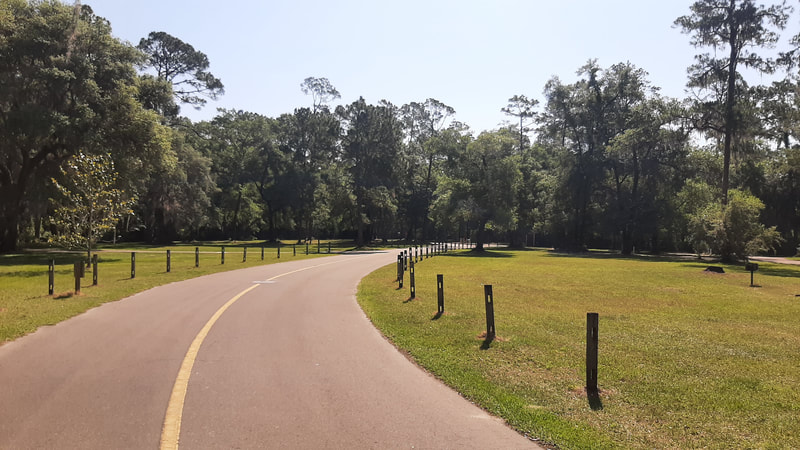

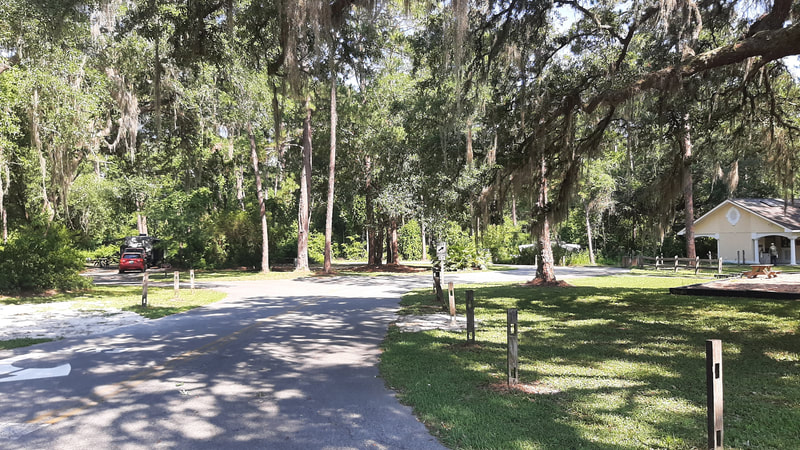









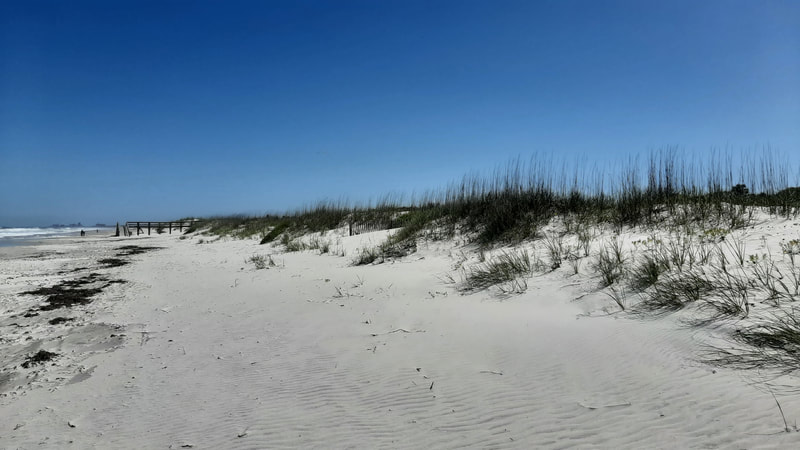





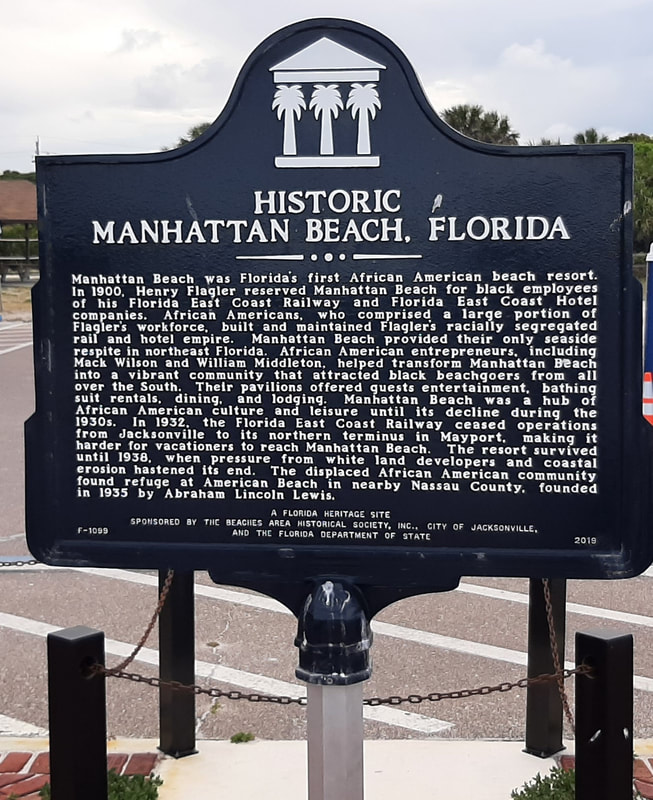




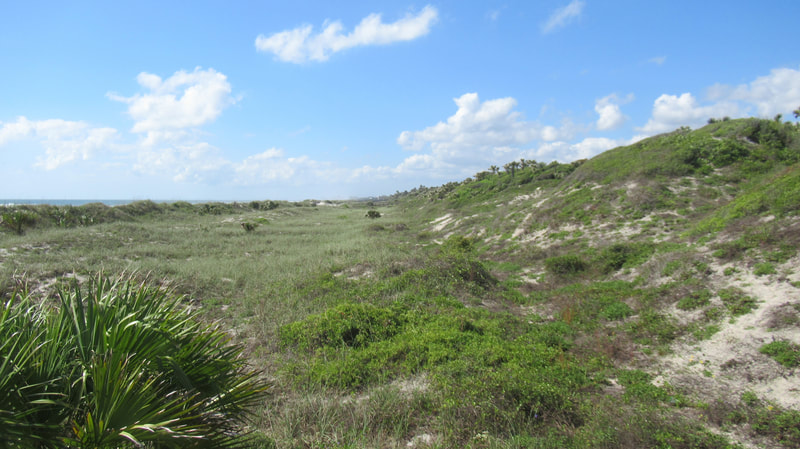



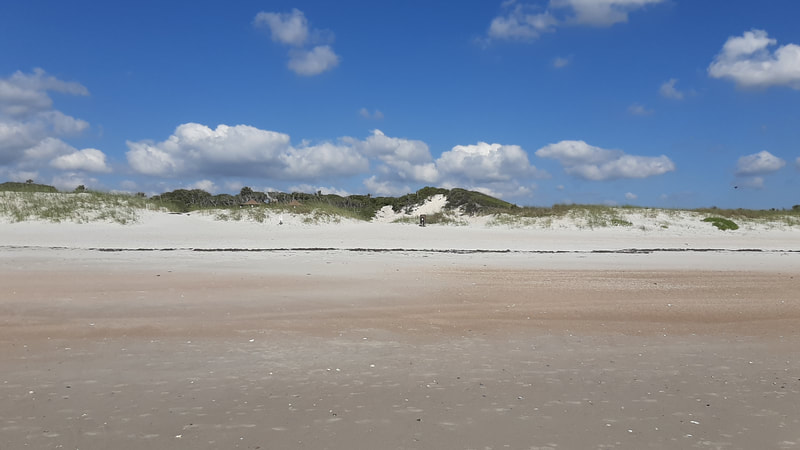


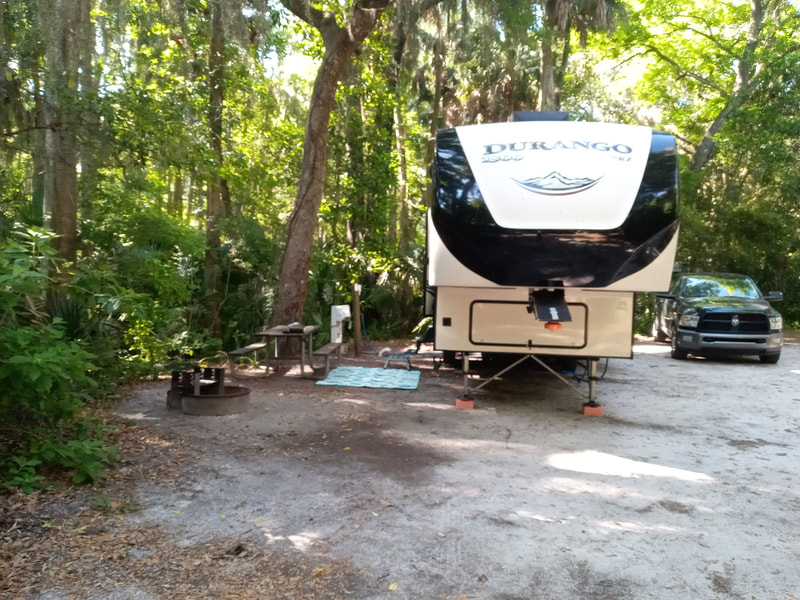
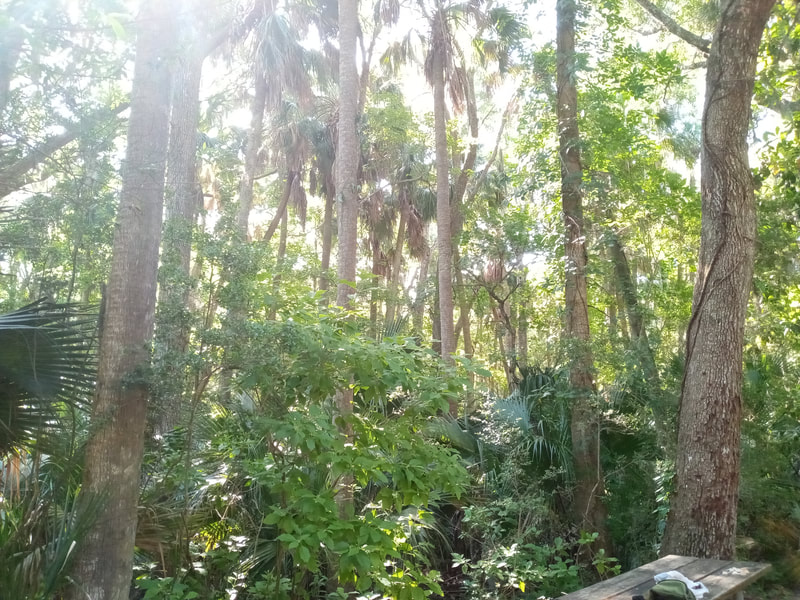



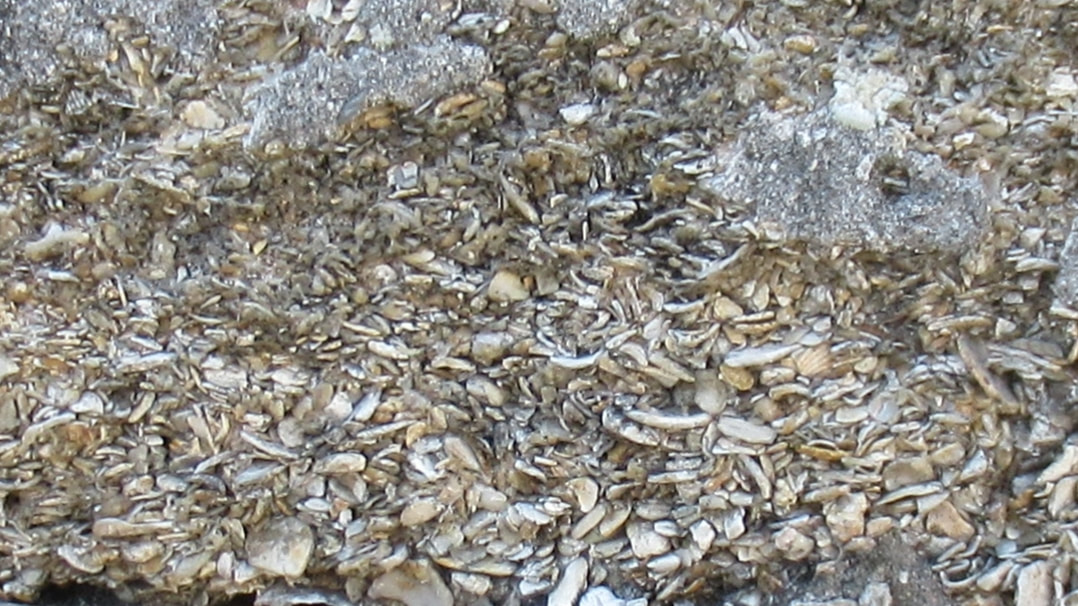









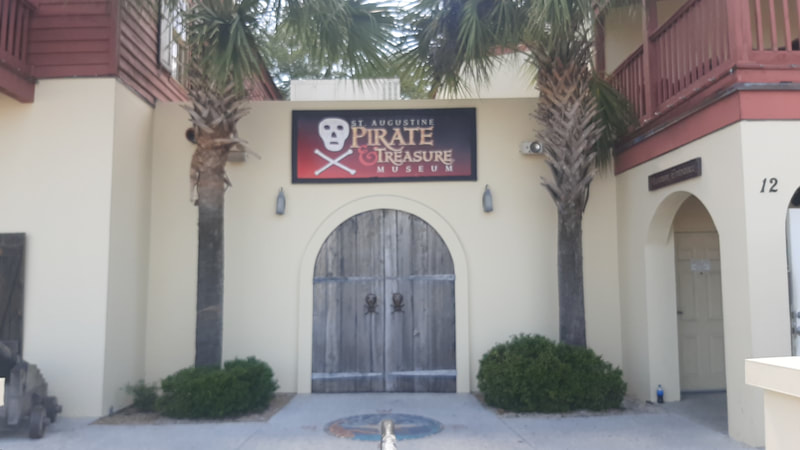






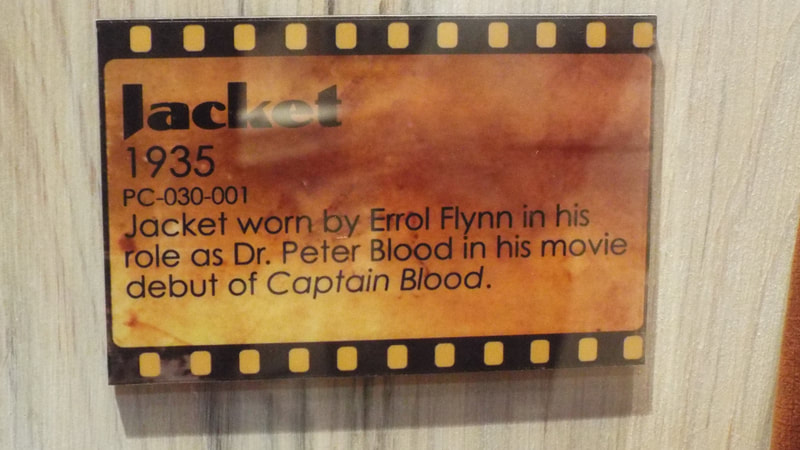





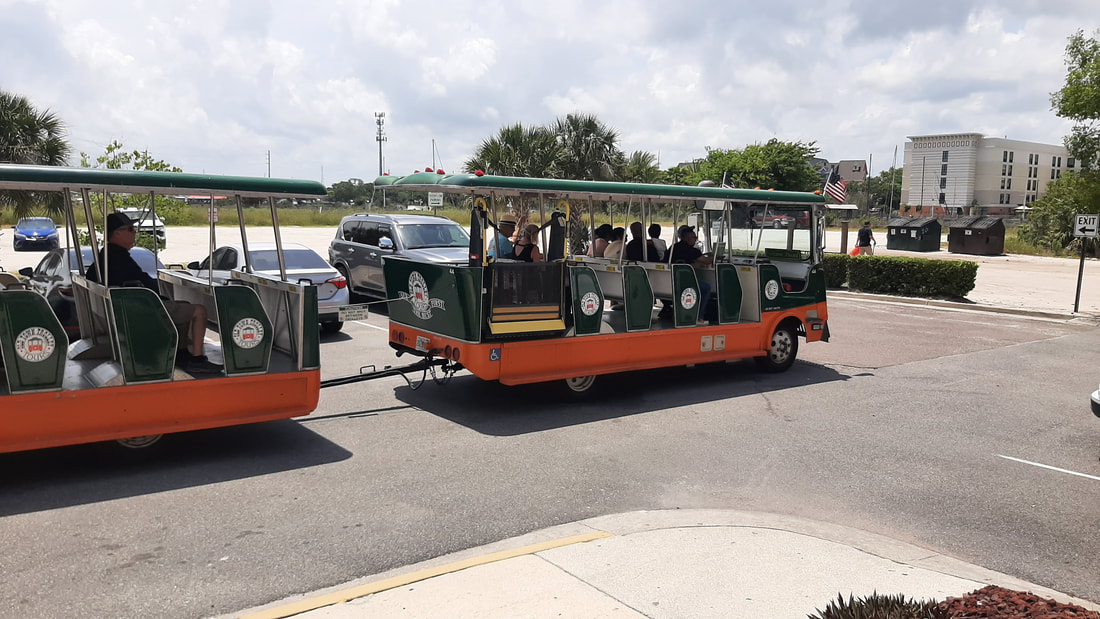

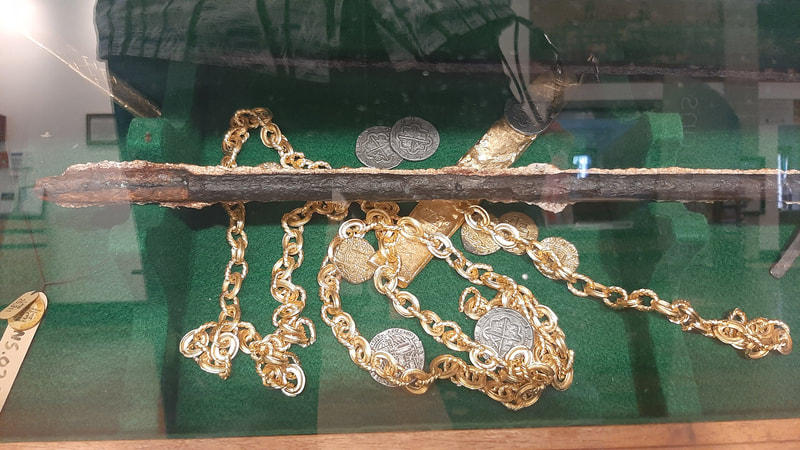



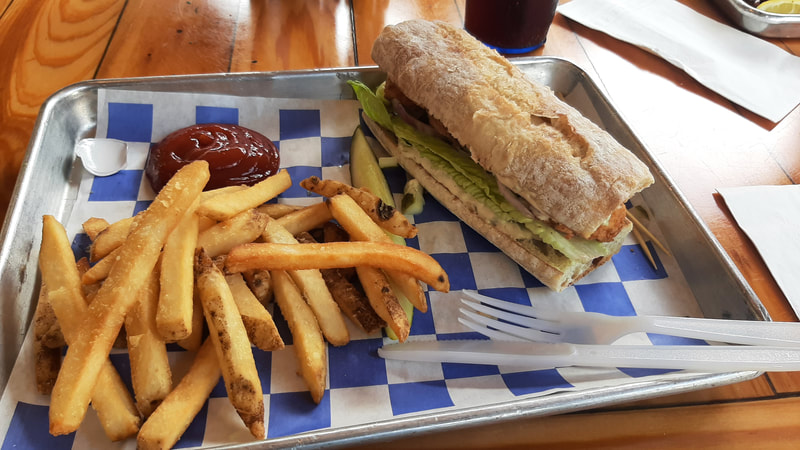













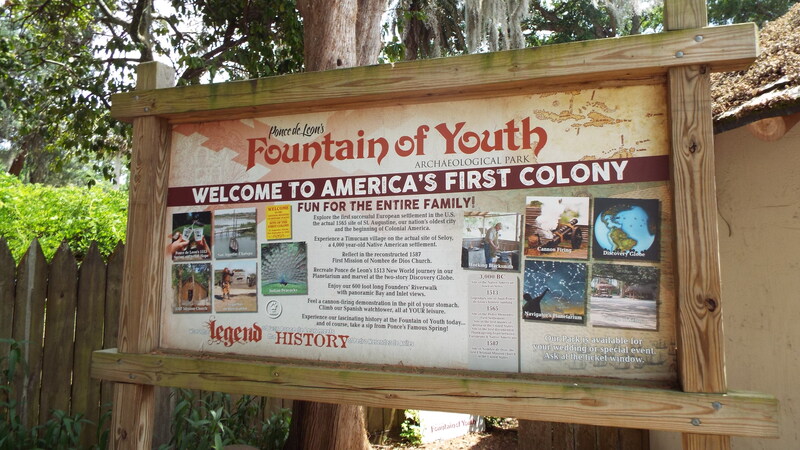




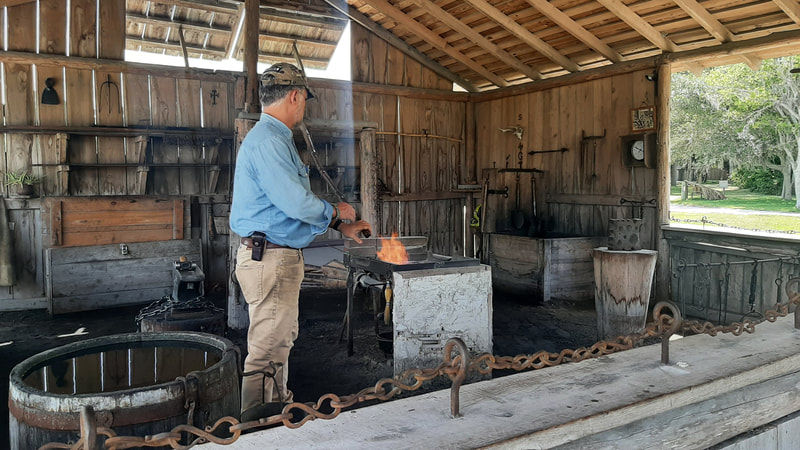



 RSS Feed
RSS Feed